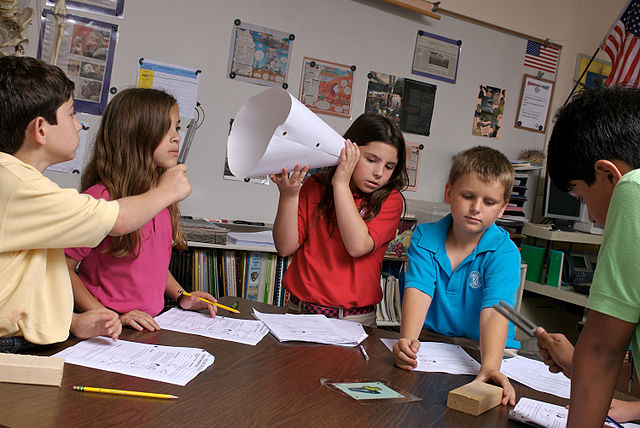Secret plans and clever tricks: how young children can fool us into thinking they understand more than they really do
“Seth doesn’t say much, but he understands everything I say. He knows exactly what’s going on.”
Statements like these are commonly heard in speech pathology clinics. True, some children have expressive language problems only, with no problem in understanding language.
Other kids have problems understanding language, but have found (sometimes ingenious) ways to cope with the world around them. It can be hard to tell exactly what’s going on in the mind of a youngster – after all comprehension (unlike talking) happens only in the mind.
To help kids with language delays, we need to know whether they really understand what people are saying to them, or are using strategies to make it appear like they do, when they don’t.
Lucky for all of us, way back in the late 1970s, Robin Chapman and colleagues worked out some of the types of strategies kids use to “fake” understanding. This knowledge helped speech pathologists design tests to assess the true language comprehension skills of young children.
So what are some of the strategies young kids use to get by?
1. Look at objects Mum or Dad are looking at. This is a strategy used by kids as young as 8 months.
2. Imitate what other people are doing, especially in familiar routines. (This is a strategy often used by kindergarteners struggling to understand instructions at school.)
3. Take whatever is offered.
4. Do what you usually do with objects at hand, e.g. throw a ball, pat the teddy, put objects into containers.
5. Do what is usually done with an object – a good location strategy for prepositions like “in”, “on”, “under”, “beside”.
6. Do the more likely action, e.g. getting the mum doll to feed the baby doll.
To spot these strategies, speech pathologists interview parents and then administer standardised assessments as well as non-standardised probes to assess the child’s comprehension in both familiar and unfamiliar settings and tasks.
Some assessment tasks are designed to reveal strategies masking a language comprehension problem. For example, we might ask for items without looking at the one we want. Or we might ask the child to do something unexpected with an object, e.g. pat the ball, or throw the teddy. We might give unusual directions, e.g. “sit under the chair”. Or ask for the “baby to feed mum” (rather than the other way around).
By contrasting a child’s often good performance on familiar or routine tasks, with their performance on more unusual tasks with less context, we might find evidence the child is using one or more of the types of strategies outlined above to compensate for a language problem. We can then get to work treating it.
Related articles:
- Language therapy works. But can we make it better?
- Following instructions: why so many of us struggle with more than one step
Principal source: Paul, R. (2000). “Putting things in context”: literal and discourse approaches to comprehension assessment. Seminars in Speech & Language, 21(3) 247-254
Image: http://tinyurl.com/l35nfw7

Hi there, I’m David Kinnane.
Principal Speech Pathologist, Banter Speech & Language
Our talented team of certified practising speech pathologists provide unhurried, personalised and evidence-based speech pathology care to children and adults in the Inner West of Sydney and beyond, both in our clinic and via telehealth.








